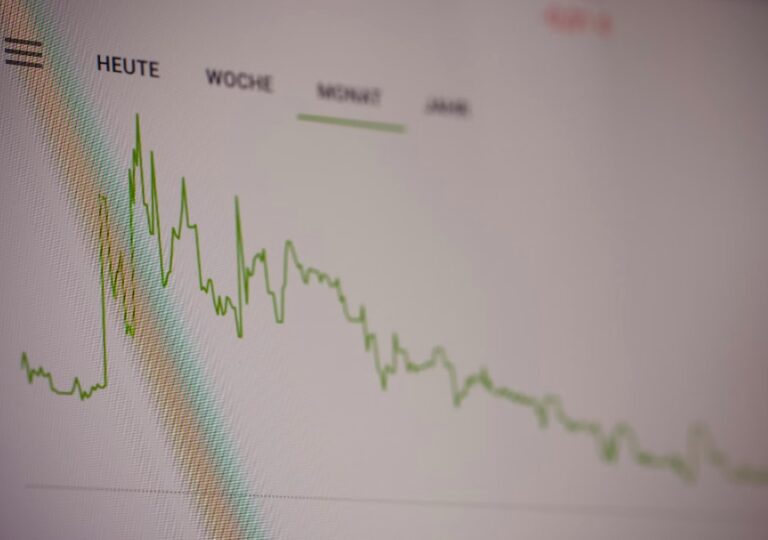Deflation is not just a mere decrease in prices. It’s a threatening economic condition where prices continuously drop, signaling a potential descent into a deeper crisis.
While governments and central banks aim for a moderate inflation rate of about 2-3% to safeguard economic growth and stability, deflation pushes the scales in the opposite direction. The reason? When people anticipate prices to dip further, they postpone spending and investing.
This reduced consumer activity spirals into lowered demand, prompting businesses to slash production, offload stock at even lower prices, and, tragically, lay off workers. The ripple effect? Rising unemployment, mounting debt defaults, and a credit squeeze—a grim scenario known as the deflationary spiral.
Recognizing the gravity of this issue, governments mobilize with urgency, employing many tools to fight deflation and steer clear of this economic pitfall.
Table of Contents
Strategies used by governments to fight deflation
These are the most common strategies to fight deflation:
1. Adjusting bank reserve limits
Banks, using the fractional reserve system, can create money via loans. In this system, for every $100 you deposit, the bank might hold 10% and loan out the remaining 90%. This cycle continues as the loaned money gets re-deposited and re-loaned, potentially turning your $100 into $1000 of credit. By tweaking the reserve percentage, regulators can control this credit creation.
Historically, U.S. banks kept 5-10% in reserve. However, on March 26, 2020, the Federal Reserve took a radical step, setting most banks’ reserve requirement to 0%. Their aim? Transition to an “ample reserves regime” to free up liquidity, fueling lending to households and businesses amidst economic challenges.
2. Open market operations (OMO)
Central banks dive into the open market to buy treasury securities. Sellers receive fresh money in exchange, boosting the money supply. Here’s a simple theory: more money in circulation makes each dollar worth less, nudging prices upward.
3. Lowering the target interest rate
Central banks tweak the interest rate on short-term funds within the financial sector. High rates mean pricier borrowing for banks’ daily needs. Interestingly, short-term rates shape long-term rates. So, a dip in the target rate can make long-term loans, like mortgages, more affordable, promoting borrowing and home purchases.
4. Quantitative easing (QE)
When interest rates hit rock bottom, central banks pull out the big guns. QE involves buying private securities, not just treasuries, in the open market. This move pumps extra money into the system and props up financial asset prices, preventing further declines.
5. Negative interest rates
Venturing into uncharted waters, central banks might introduce negative interest rates. What’s the catch with a Negative Interest Rate Policy (NIRP)? Depositors pay to store their money rather than earn from it. The logic? Make holding onto money unappealing, driving people to spend or invest for positive returns.
6. Increasing government spending
When consumers and businesses tighten their purse strings, economic activity can grind to a halt. This is where Keynesian economists recommend the government step in as a financial knight in shining armor. By increasing spending, the government can be the catalyst that stimulates demand, fights deflation, and encourages production and employment.
How does the government fund this extra spending? By borrowing and running a fiscal deficit. The aim is simple: inject money into the economy, hoping businesses and their workforce will start spending and investing, kick-starting an upward shift in prices and demand.
7. Cutting tax rates
More money in people’s pockets often means more spending. So, by slashing tax rates, governments aim to keep a larger chunk of income with businesses and workers. The expected outcome? A feeling of increased wealth, prompting businesses and their employees to spend what they would’ve otherwise paid in taxes.
However, it’s not all roses. Reduced tax rates can shrink government revenues, potentially forcing cutbacks in public spending or even halting essential services. The effectiveness of tax cuts in truly revitalizing the economy remains a topic of debate among experts.












